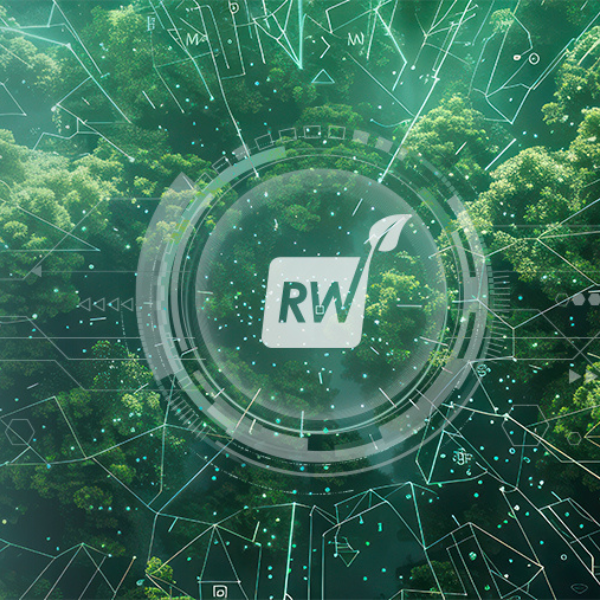As sustainability takes center stage in the foodservice industry, compostable packaging has gained significant traction as an alternative to traditional plastics. With increasing concerns over plastic pollution and landfill waste, businesses are turning to certified compostable solutions. However, ensuring these materials break down effectively requires stringent verification and compliance with end-of-life waste management systems in the United States.

The Importance Of Compostability Verification
Challenges In End-of-Life Waste Management
Policy & Consumer Adoption Trends
Several U.S. states and municipalities have introduced legislation to support compostable packaging and improve waste management systems:
California’s SB 1383 mandates the reduction of organic waste in landfills and encourages composting programs.
Washington and Oregon have expanded composting initiatives to accommodate foodservice packaging.
New York City has piloted commercial composting programs, highlighting the importance of clear labeling and consumer education.
Consumer awareness is also rising, with surveys indicating that over 70% of U.S. consumers prefer sustainable packaging when given a choice. However, confusion persists regarding proper disposal methods, underscoring the need for clearer communication and infrastructure improvements.
Moving Toward A Circular Economy
For compostable packaging to fulfill its sustainability promise, businesses, policymakers, and consumers must work together to expand composting access and streamline certification processes. Innovations in compostable material science, coupled with stronger regulatory frameworks, can drive the industry forward toward a more effective circular economy.
The growing emphasis on compostable packaging presents an opportunity to significantly reduce foodservice waste. However, without proper end-of-life solutions, its benefits remain limited. As composting infrastructure continues to evolve, ensuring alignment with certification standards and increasing consumer engagement will be crucial for achieving a truly sustainable food packaging future.









